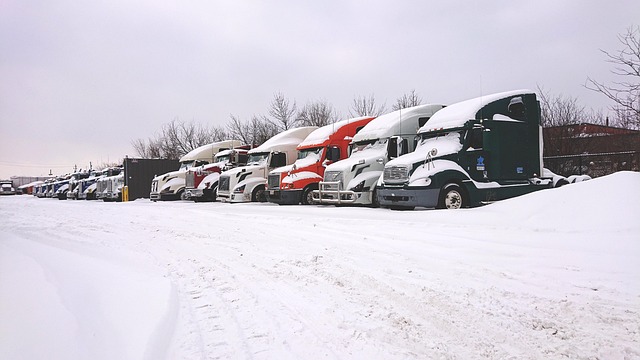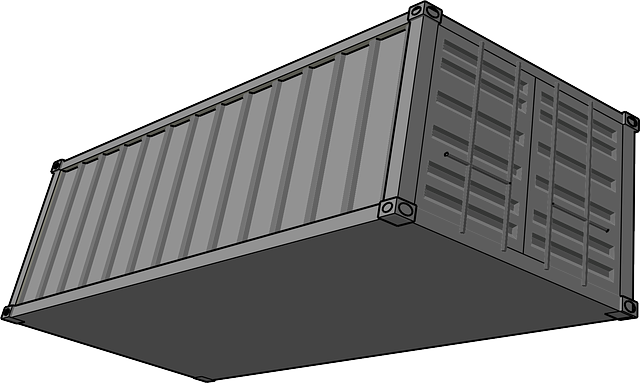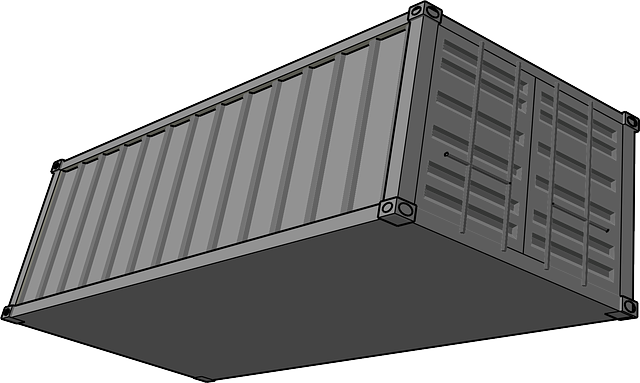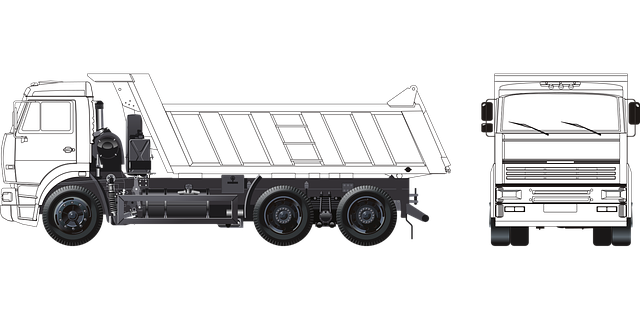Learn how to register your car in California with our step-by-step guide. To start, understand the basic requirements for car registration in this state, including necessary documents for VIN verification. Next, perform a Vehicle Identification Number (VIN) check, complete the registration application process, and pay the required fees. Upon approval, you’ll receive your unique California license plate. Ensure a smooth experience by adhering to key steps, especially during the crucial VIN verification phase.
- Understand the Requirements for Car Registration in California
- Gather Necessary Documents for VIN Verification
- Perform Vehicle Identification Number (VIN) Check
- Complete the Registration Application Process
- Pay Registration Fees and Receive Your Plate
Understand the Requirements for Car Registration in California

Before you begin the registration process, it’s crucial to understand the requirements for car registration in California. The state mandates several key steps, including a comprehensive vehicle inspection known as VIN verification (or VIN inspection). This process ensures that your car meets safety and environmental standards. During a mobile VIN verification, a trained inspector will examine critical components like lights, brakes, tires, and emissions systems right at your location for convenience.
Additionally, you’ll need to provide specific documentation, such as proof of insurance, a valid driver’s license, and the vehicle’s title. The California Department of Motor Vehicles (DMV) also requires that all vehicles be up-to-date on emissions tests where applicable. Completing these requirements ensures a smooth registration process, allowing you to hit the road legally and confidently.
Gather Necessary Documents for VIN Verification

To begin the registration process in California, you’ll need to gather several crucial documents for VIN (Vehicle Identification Number) verification. This step is essential to ensure the accuracy and legitimacy of your vehicle’s information. Key among these documents is the Certificate of Title, which confirms ownership and must be presented when registering a car. Additionally, you’ll require proof of insurance, often in the form of an insurance card or policy document.
For a seamless mobile vin verification process, ensure you have access to your vehicle’s unique VIN. This 17-character code can usually be found on the vehicle’s registration documents or on the driver’s side door jamb. Some states also accept online or digital copies of these documents for VIN inspection, making it easier to initiate the registration from the comfort of your home.
Perform Vehicle Identification Number (VIN) Check

Before registering your car in California, it’s crucial to perform a Vehicle Identification Number (VIN) check. This step is essential for verifying the vehicle’s history and ensuring it meets all legal requirements. A mobile VIN verifier or even a simple vin inspection can help you access critical information about the car’s past, including accident reports, odometer readings, and outstanding recalls.
Using a mobile VIN inspection service makes this process convenient and efficient. These services allow you to quickly verify the VIN online or through an app, providing instant access to detailed vehicle history reports. This is particularly beneficial when buying a used car, as it helps protect you from potential scams or hidden issues, ensuring a smooth registration process in California.
Complete the Registration Application Process

To complete the registration process, you’ll need to go through a structured application procedure. This involves gathering essential documents and filling out forms provided by the California Department of Motor Vehicles (DMV). One crucial step is ensuring accurate VIN verification, which can be efficiently handled through a mobile vin inspection or verification service. By providing your Vehicle Identification Number (VIN), these services enable you to check if the vehicle’s history matches the details on file with the DMV.
This process streamlines the registration by confirming key information about the car, such as its age and previous owners. Once your VIN is verified, along with all other required documents are submitted, you can anticipate a smoother application journey. This includes items like proof of insurance, vehicle ownership transfer, and any applicable fees, ensuring a timely approval for your new California vehicle registration.
Pay Registration Fees and Receive Your Plate

After completing your vehicle’s registration application and gathering all necessary documents, it’s time to pay the registration fees. These fees vary based on the type of vehicle and its age, so make sure to check the California Vehicle Code for accurate information. Payment can typically be made online or at a local DMV office. Once your payment is processed, you’ll receive your registration papers and license plate.
Before displaying these plates, it’s crucial to conduct a vin verification, either through a mobile vin inspection or by visiting a designated location for a formal vin inspection. This step ensures the vehicle’s history is clear and helps protect against potential fraud. With the plate securely fastened, you can now legally drive your car on California’s roads.
Registering a car in California involves understanding key requirements, gathering essential documents for VIN verification, performing a Vehicle Identification Number (VIN) check, completing the registration application process, and paying corresponding fees. By adhering to these steps, you’ll ensure a smooth transition into California’s regulatory framework, ultimately securing your vehicle’s official registration and license plate.
